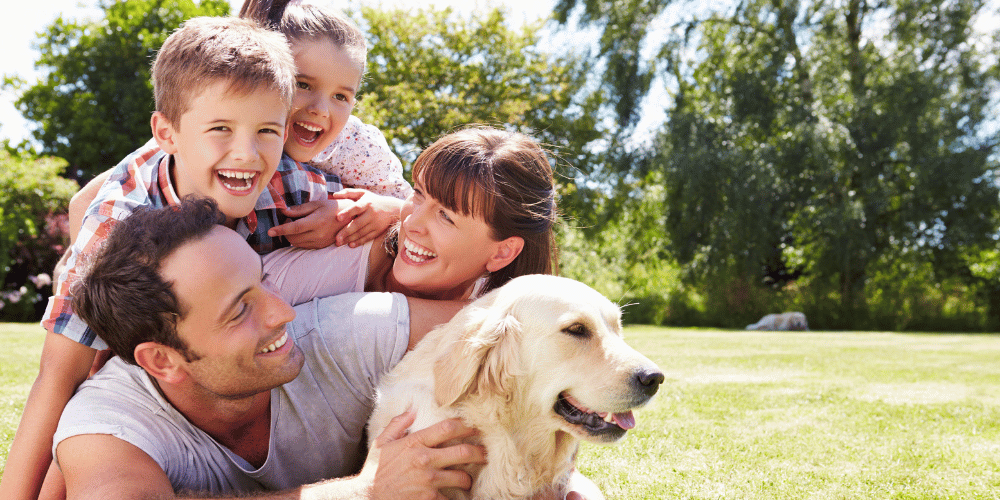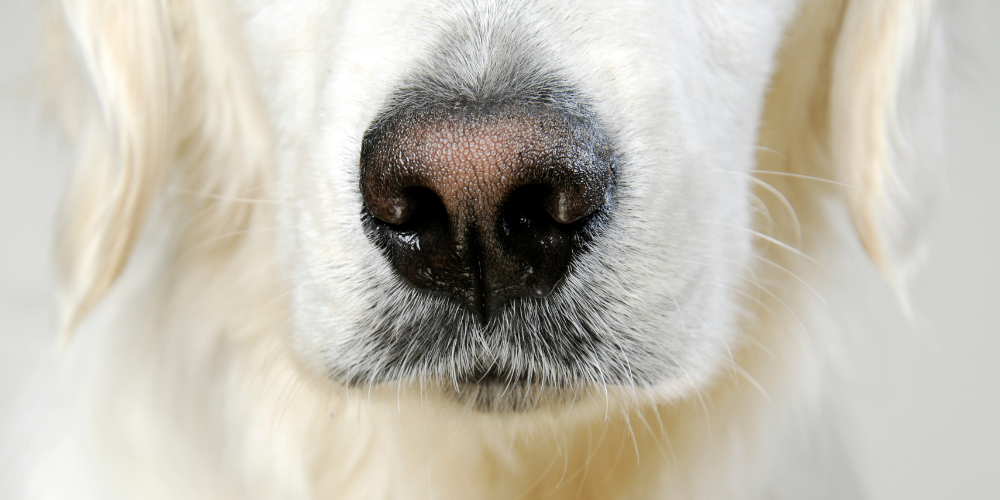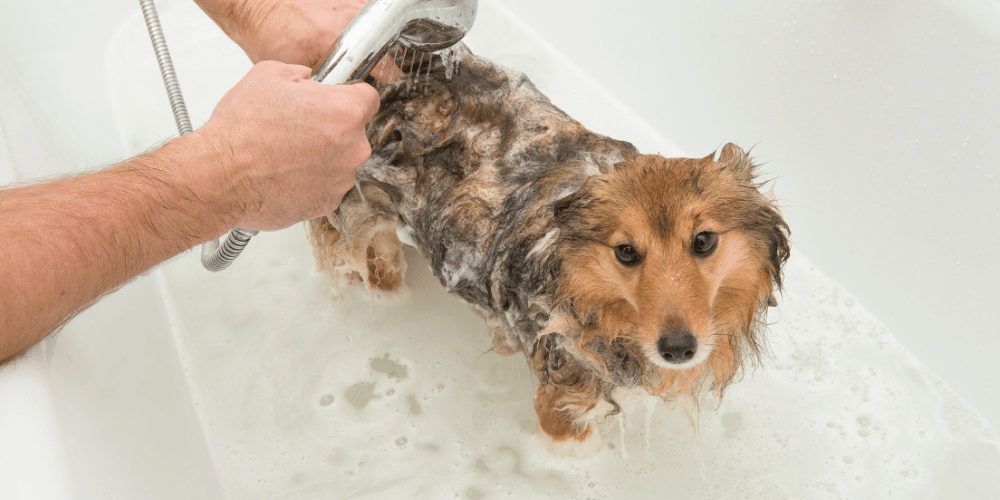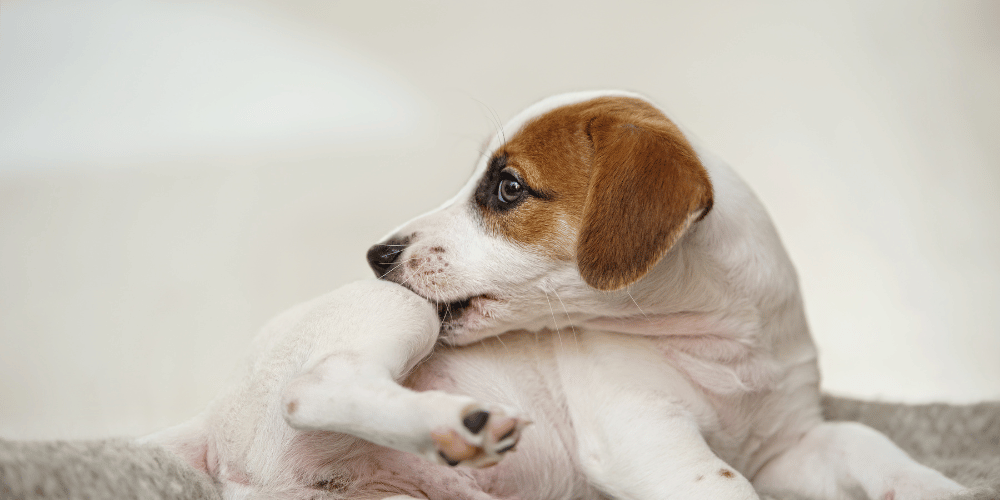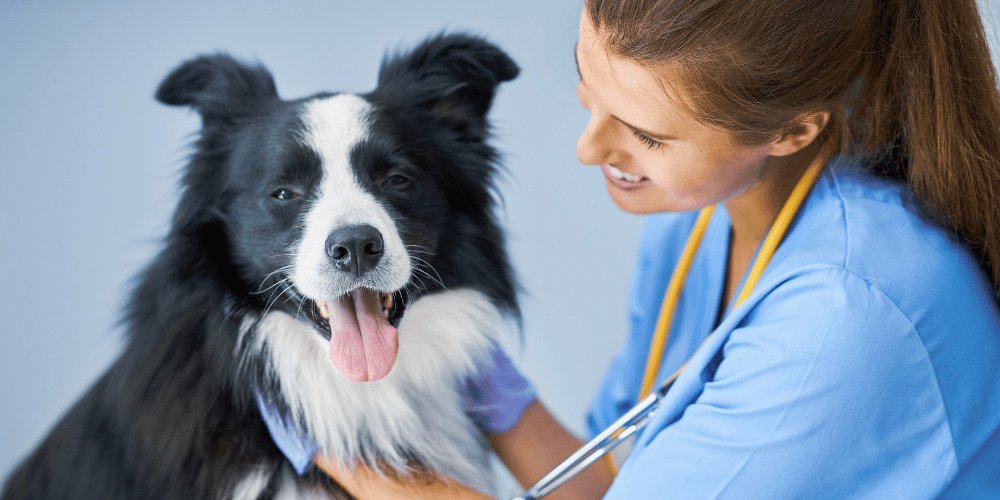
Going to the vet can be as overwhelming for you as it is for your pet! You need to get them in the car, comfort them on the trip, and then make it through the vet visit and home again. We’ve come up with 3 ways you can make it easier for you and your pets when the time comes for a check-up.
1. Keep an Eye on Your Pet at Home
If you are taking your pet to the vet because they have been unwell, the best thing you can do is to take some detailed notes for your vet. Note down the first day you noticed something wrong and the times that any symptoms have appeared. If it is just a regular check-up, your vet will still appreciate knowing the following things about your pet:
- What does your pet regularly eat?
- When do they eat and how often?
- Have you noticed any unusual symptoms lately?
- Are there changes in your pet’s behaviour that concern you?
- Which pet preventatives are you using – flea, tick, worming?
The more information you can give about your pet’s condition, behaviour and medications the more likely it is your vet will be able to provide an accurate diagnosis.
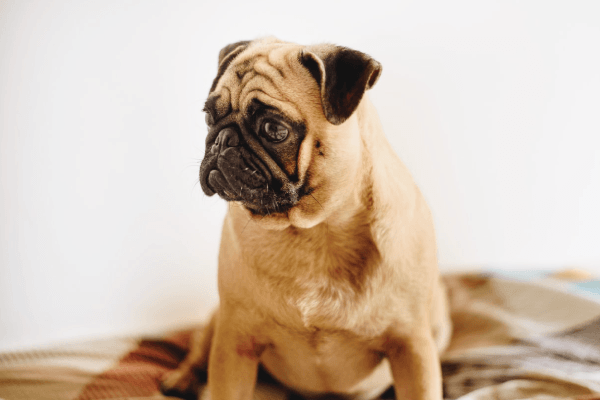
2. Train Your Pets to Travel in The Car
Nothing makes a trip to the vet more stressful than a pet that doesn’t travel well in the car. Start training your dog to travel in the car from the day you get them. Follow the steps below to get your pet used to the sounds, smells and experience of travelling in a car.
- Start with putting your pet in the car, turning on the engine, counting to 10, and then turning off the engine. Repeat after a minute and slowly increase the time the engine is on until they seem more comfortable with the sounds. Take it slow and encourage them with praise and treats when they first get in the car, and when they get out.
- Before you start with longer trips, let your pet sit in the car when it is running but stopped, then progress to small trips around the block. When they seem comfortable with this, increase the length of time they are in the car. You may also find it useful to do some practice runs to and from your vet where you and your pet play in the waiting room to get them used to the smells and sounds. These social visits are a good time to pack your pet’s favourite treats or toy and hand them out to the staff to give to your pet.
- Keep your pet restrained in the car at all times. Whether you use a seatbelt harness or a pet carrier, it is safer for you and your pets, and reduces the risk of being distracted on the road.
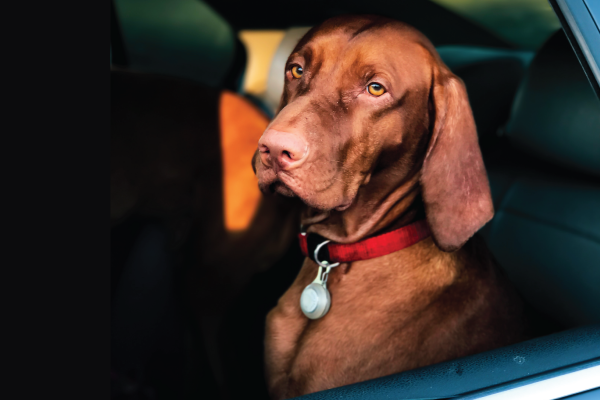
3. Keep Calm
Our pets can sense our mood, so if you are stressed there is a good chance they will pick up on that and become stressed themselves. Speak to your pet in a calm voice and reward calm behaviour. Very anxious pets may find a calming pheromone product like Adaptil or Feliway helpful. Both Adaptil and Feliway are available as a spray which is ideal for using in the car before you set off for the vet. Adaptil is also available as a collar which is perfect for dogs that really struggle with vet visits.
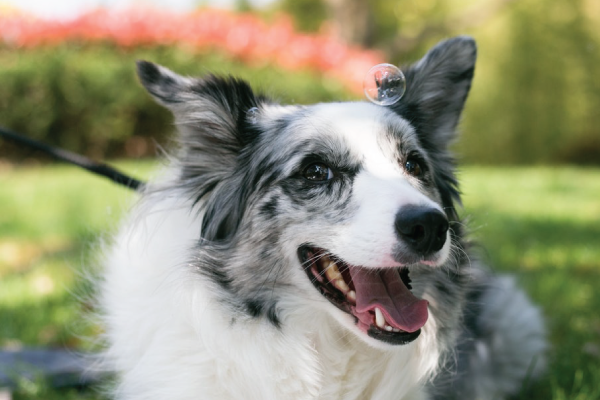
Bonus Tip – If your pet gets very uncomfortable or stressed at the vet, ask to have your visits scheduled during the quietest times of day on the quietest days of the week so you don’t have to wait long, and your pet isn’t stressed further by the presence of lots of other animals.

